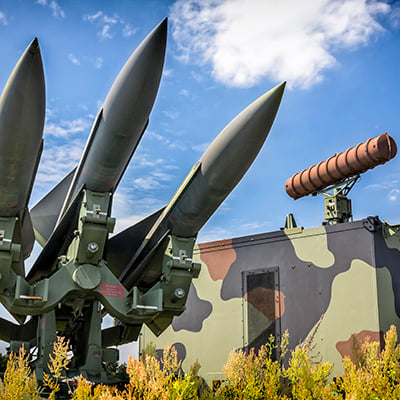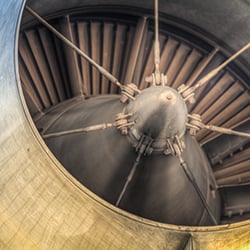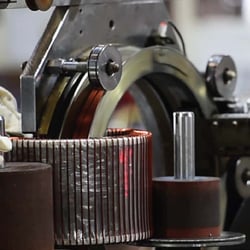Digital transformation initiatives should help you address emerging demands and make your business more resilient, not distract from business objectives.
Aerospace and defense manufacturing companies look to digital transformation to manage risk, create a high-performance supply chain, and address operational performance opportunities. Every technology project should support business objectives and help your company achieve goals. It doesn’t matter what your transformation motivation is, if the project stalls or fails, it can delay or hinder improvement efforts or destroy earlier gains.
There’s constant supply chain, innovation, and competitive performance pressure on companies in the aerospace and defense industry.
Does your company feel pressure to overcome constant demand fluctuations and supply chain uncertainty?
- Supply chain risk - industry consolidation and increased reliance on suppliers create manufacturing bottlenecks
- Inventory disruptions - product and material obsolescence makes it harder to find and keep relevant suppliers
- Capacity constraints - unavailable capacity in required quantities or when needed due to competing market demands
As an aerospace and defense company you face constant pressure to:
- Overcome single-source, sole-source, and fragile supplier risks
- Reduce reliance on foreign suppliers
- Speed up innovation and time-to-market while dealing with long lead times
- Optimize inventory needed to satisfy commercial aerospace needs and diversified A&D
- Reduce waste in production and processes
- Reduce downtime, increase OEE, and achieve optimal production scheduling
- Maintain regulatory compliance and avoid product recalls
- Make data and analytics intuitive and accessible to all the right people when they need it most
- Help your workforce focus on production and business results, not technology
- Ensure your processes and products are consistent, no matter where they're made
- Juggle complex operations along with product variations
- Use continuous improvement on the line and in business processes to achieve operational efficiency
- Address and ease complexity in production and business processes
A&D manufacturing companies trust On Time Edge for digital transformation
Our people know manufacturing in the aerospace and defense industry. And that’s exactly why we invest the time to fully understand your unique ecosystem of manufacturing processes, business processes, IT-OT architecture, and most importantly, your culture. We design, build, and integrate your system to fit your situation. Then we train, support, and empower your team to get the results you expect.
Get the business value you expect from digital transformation, quickly and sustainably.
Take steps to ensure long-term, enterprise-wide value with manufacturing production schedule
Digital transformation is our business. We are experts at deploying and integrating supply chain solutions and smart manufacturing systems – on time and within budget. The result is fast time-to-value and sustainable business results.













